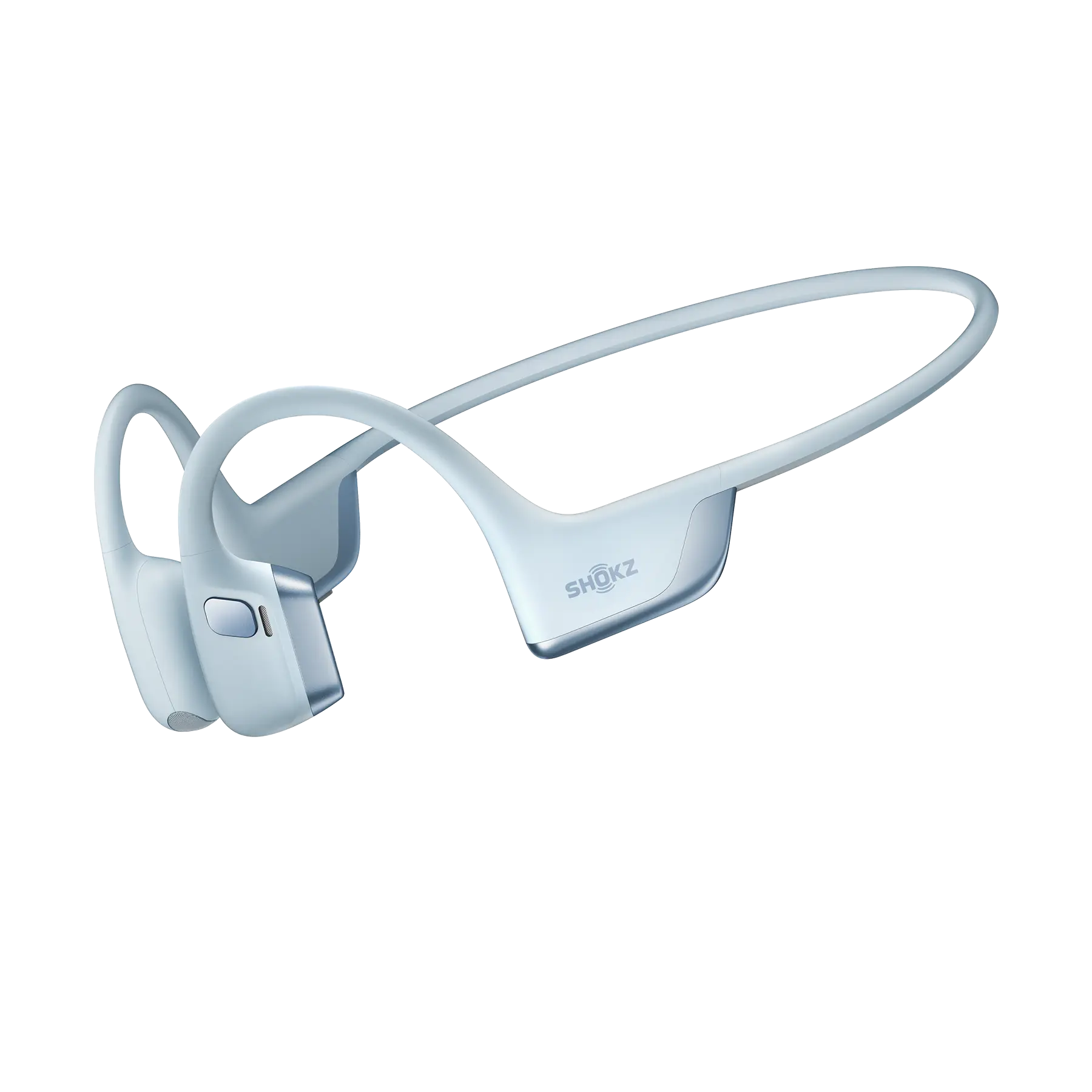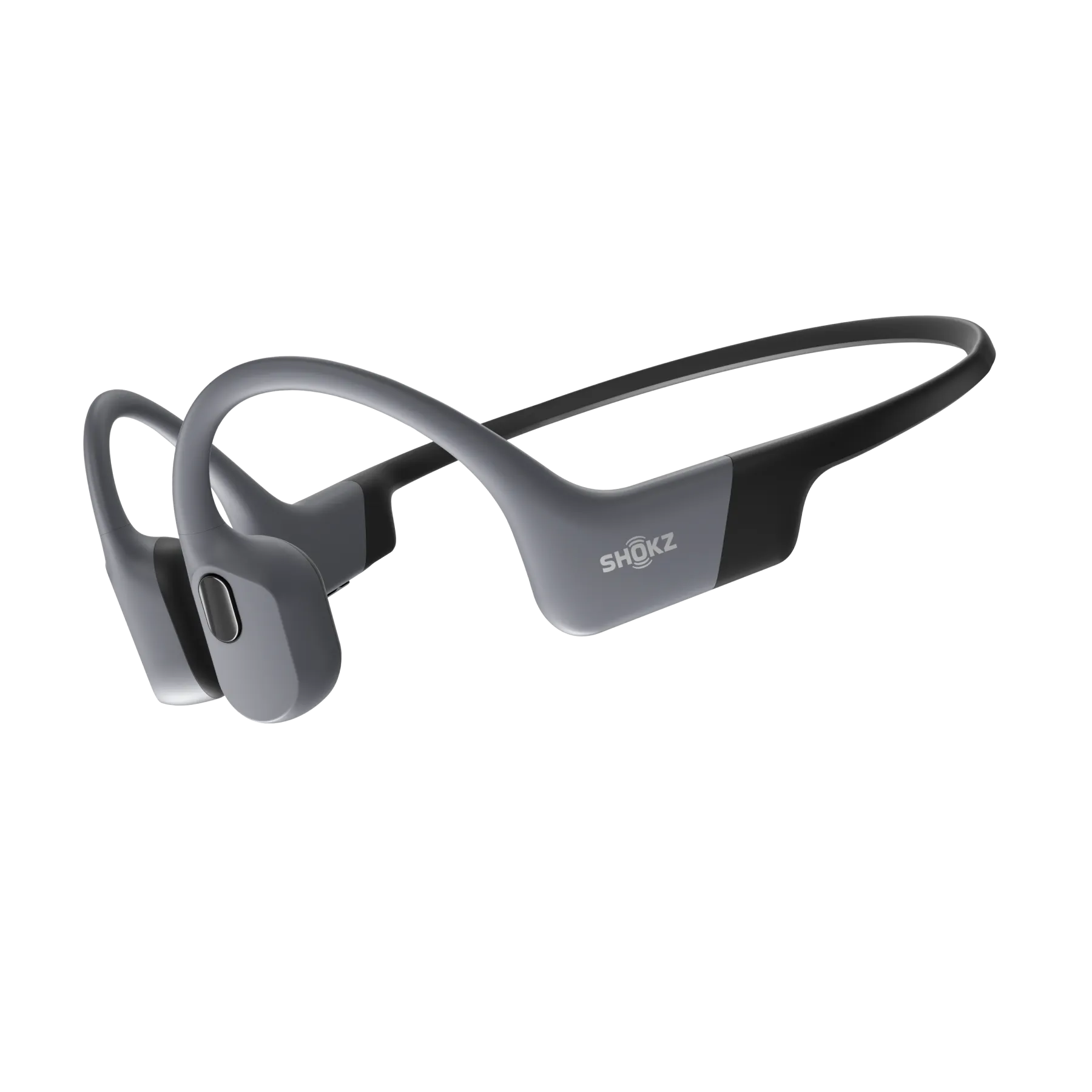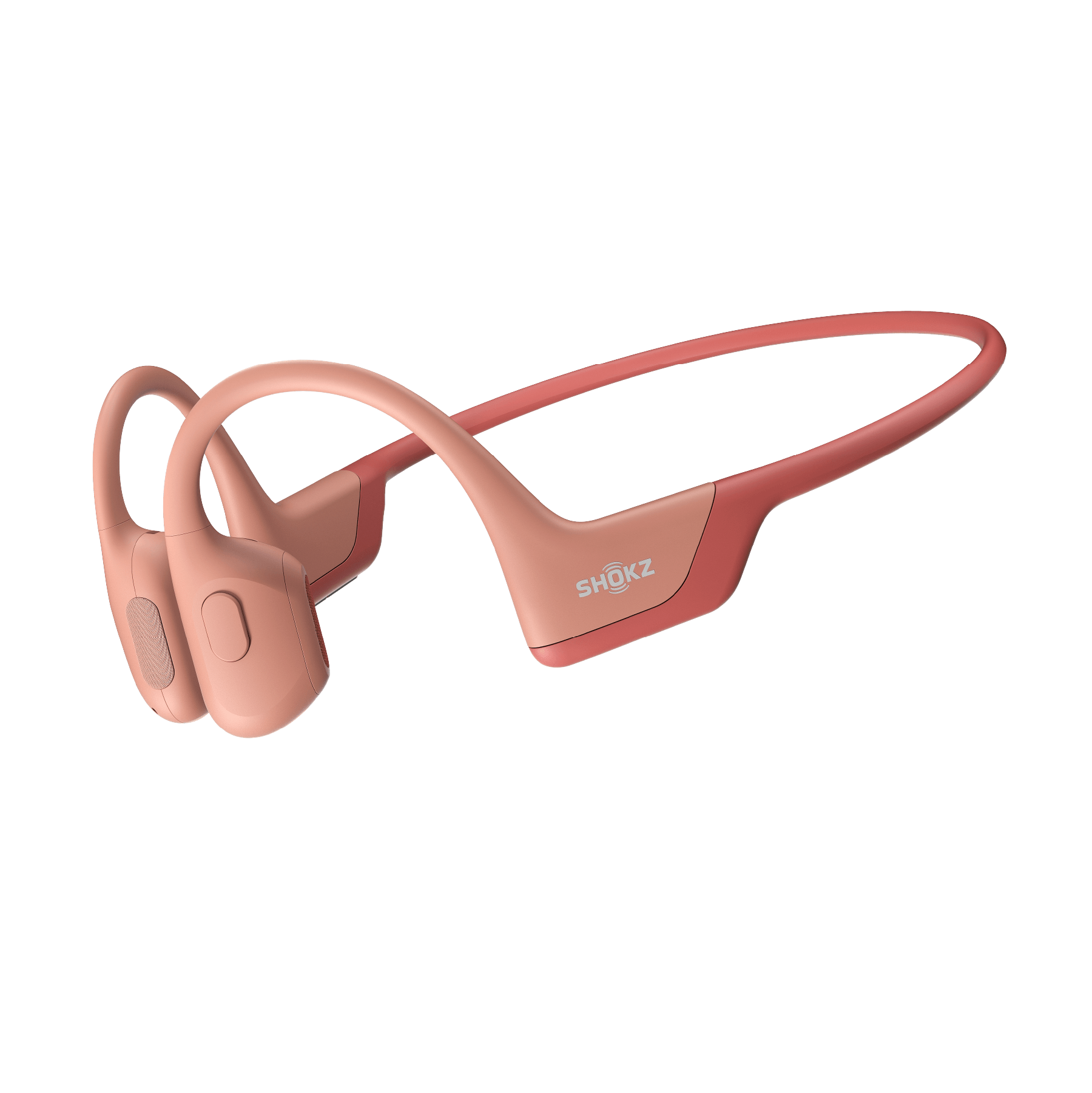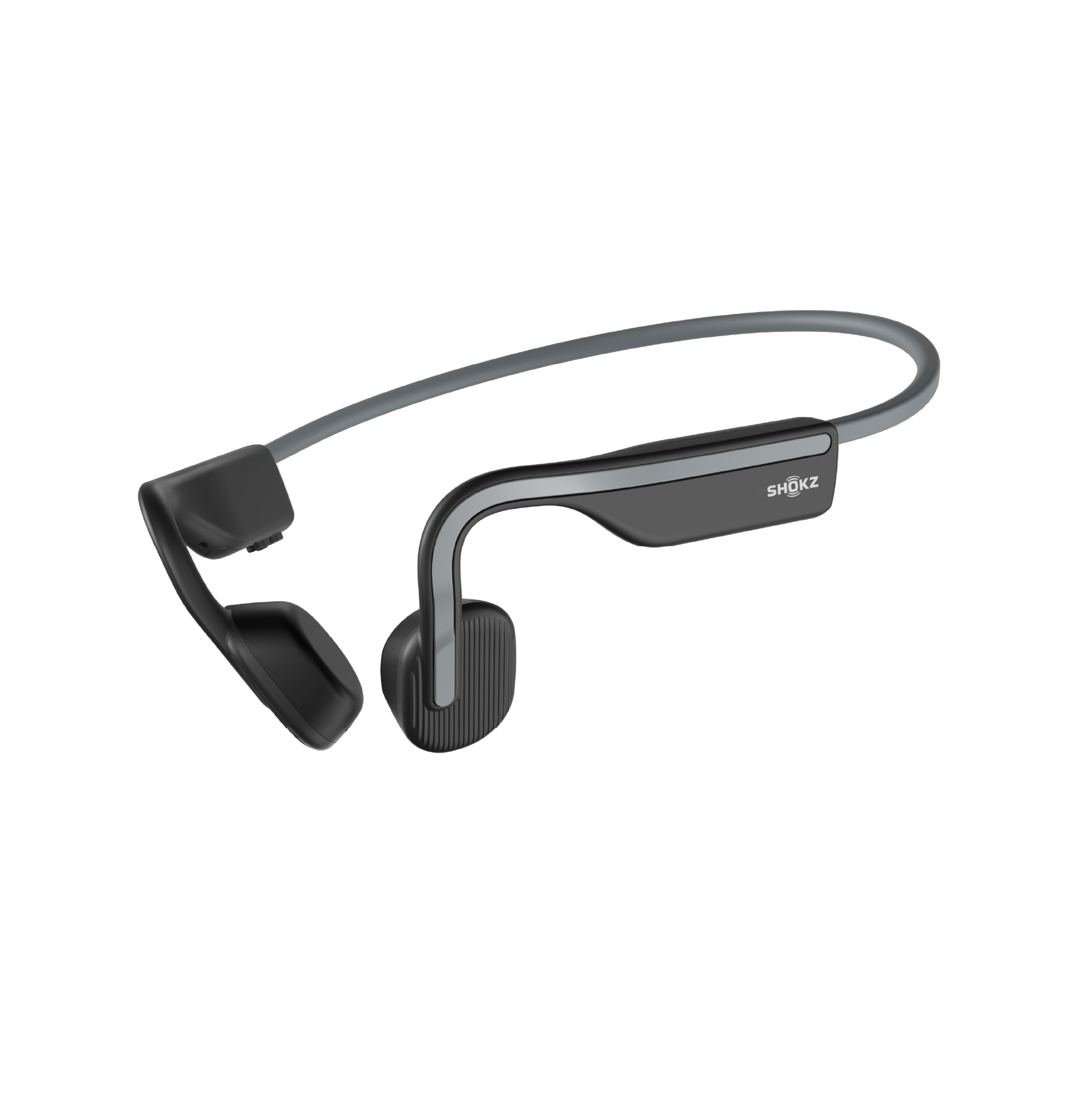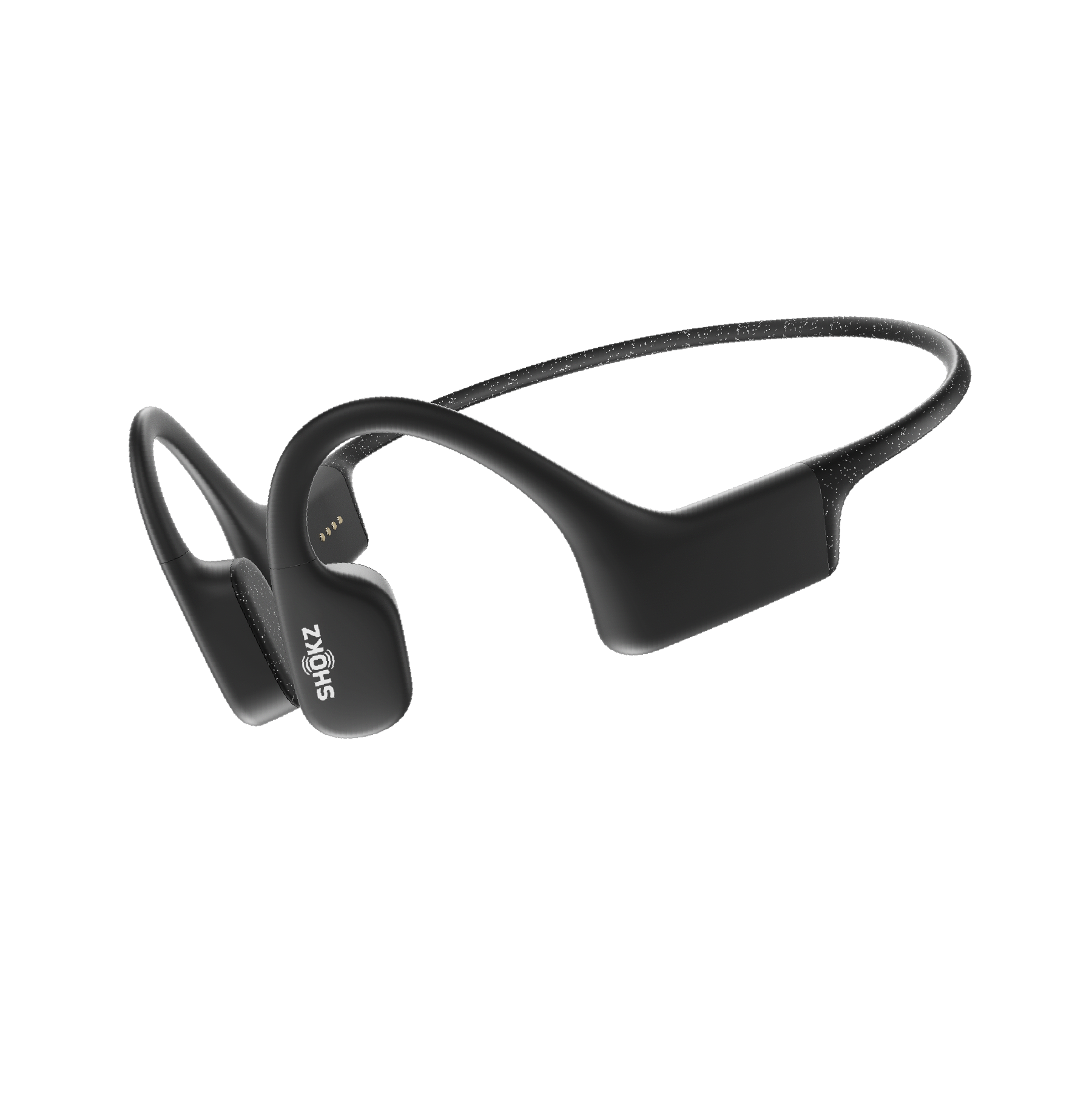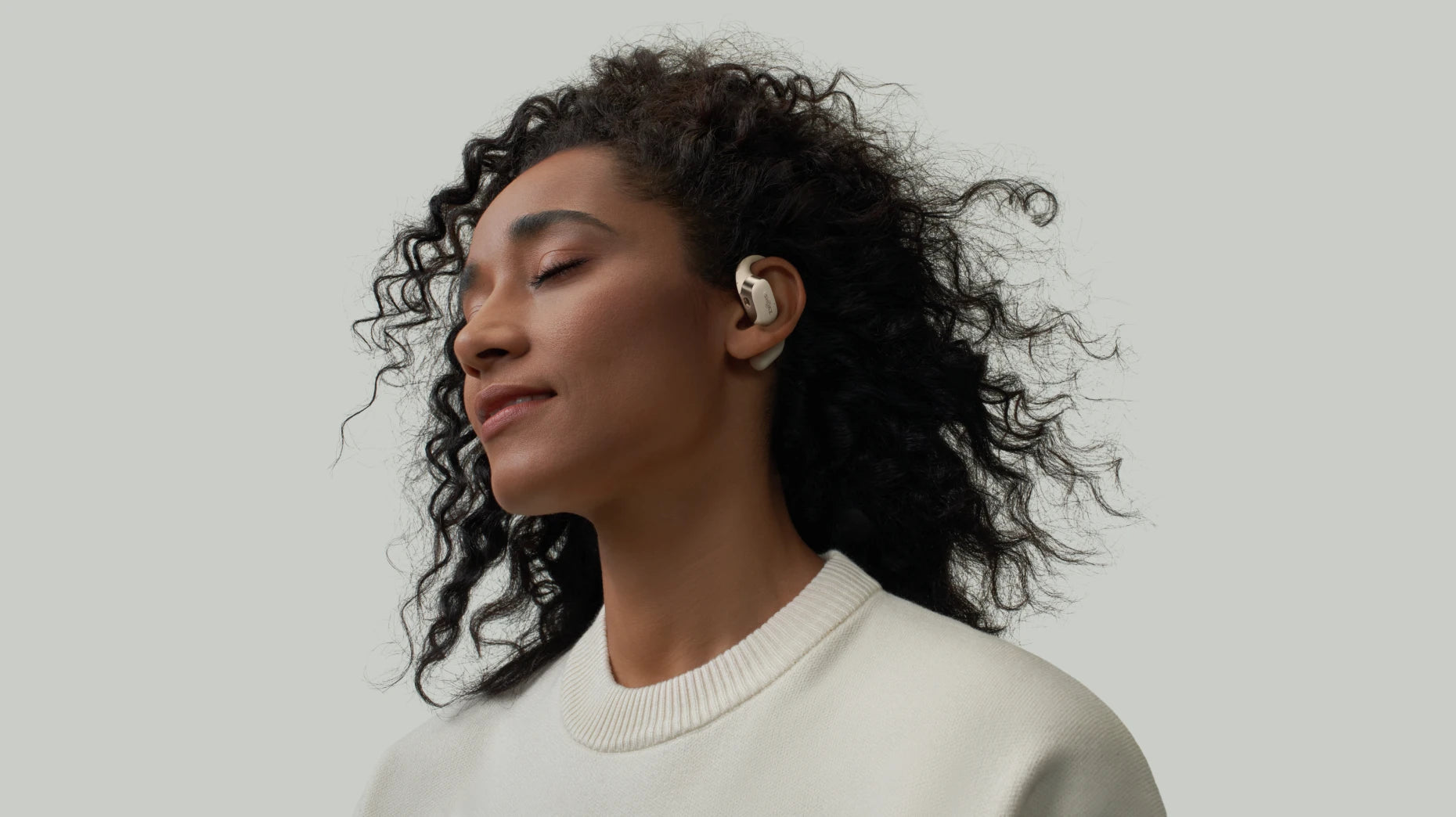-
Introduction
-
How does Bone Conduction Technology Work?
-
Are Bone Conduction Headphones Safe?
-
Considerations for Bone Conduction Headphones
-
Can Bone Conduction Headphones Damage Your Hearing?
-
Conclusion
Introduction
A couple of years ago, runners discovered a new headphone technology that would allow them to listen to music while staying aware of their surroundings. Today, bone conduction headphones have become a staple among active people. However, with the increase in popularity comes some critical questions, with "Are bone conduction headphones safe?" at the top of the list. This article will explore how bone conduction headphones work, how they can benefit you, and whether or not they are safer for your hearing than traditional headphones.
How does Bone Conduction Technology Work?
Bone conduction headphones contain transducers that turn sound into vibrations. While traditional headphones and earbuds deliver sound directly into your ears, bone conduction headphones rest on your cheekbones. The sound vibrates through your skull into your inner ear. This allows you to bypass the eardrum and protect it from damage.
Once the vibrations reach your cochlea, the sound is turned into electrical signals that your brain can interpret. Many people believe bone conduction headphones to be better for hearing health than earbuds since the sound does not pass through the eardrum.
Because of the way bone conduction technology works, it offers several benefits you can’t get with traditional headphones. The ability to hear ambient noise and stay aware of what’s happening around you is invaluable, especially if you are jogging through a busy neighborhood or walking home alone at night.
Further Reading: Air Conduction vs Bone Conduction: What's the Difference
Are Bone Conduction Headphones Safe?
Compared to their earbud counterparts, bone conduction offers clear advantages. No more worries about infections or wax buildup, as these headphones rest comfortably outside your ears. This open-ear design also delivers situational awareness, perfect for runners, cyclists, or anyone who needs to stay alert to their surroundings.
However, there are people who have concerns about potential discomfort and hearing strain. While some users experience mild vibration sensations, most adapt quickly. As for hearing damage, bone conduction doesn't inherently eliminate the risk. Just like with regular headphones, responsible listening at moderate volumes and taking breaks remain crucial.

Professionals like construction workers, athletes, and law enforcement officers increasingly utilize bone conduction headphones. Their ability to maintain situational awareness while receiving instructions or music proves valuable in various settings. Ultimately, bone conduction headphones offer a safe and situational-aware listening option, but responsible usage is key to ensuring their benefits remain a perk, not a risk.
Further Reading: How Can the Right Headphones Enhance Workout Performance?
Further Reading: Why Marathon Runners Trust Wireless Bone Conduction Headphones
Considerations for Bone Conduction Headphones
While bone conduction headphones offer significant benefits, it's important to acknowledge a few drawbacks. Nevertheless, these drawbacks shouldn't deter you from exploring the potential of this technology. If you're an active individual who relishes the idea of incorporating music or podcasts into your workout routine, then this technology is tailor-made for you. Here are a few things to consider before investing in bone conduction headphones.
-
Bone conduction headphones are more expensive than regular headphones.
Bone conduction headphones are expensive, especially compared to a cheap pair of earbuds from your local gadget store. A high-quality pair of bone conduction headphones can cost several hundred dollars, especially if it has a good battery life. However, it can be a worthy investment if you are highly active. And even though buying the cheapest pair of bone conduction headphones can be tempting, you should consider things like battery life, water resistance, style, and comfort when choosing a set.
-
Bone conduction headphones are susceptible to noise.
Bone conduction headphones work the exact opposite of noise-canceling headphones. With bone conduction, you have increased situational awareness, which includes hearing noises along with your music, unlike noise-canceling headphones that block out everything.
It can be disorienting at first to hear ambient noise mixed in with your music, but it is one of the best safety features of this technology. This can be beneficial if you are running on a busy road, but may not be great if you tend to work out alone.
Can Bone Conduction Headphones Damage Your Hearing?
Bone conduction headphones are often considered a safer choice for your hearing health compared to traditional in-ear or over-ear headphones. Since these headphones transmit sound through the bones in your skull, bypassing the eardrums entirely, the direct pressure that conventional headphones exert on the eardrums is eliminated. Thus, it reduces the risk of eardrum damage.
Moreover, bone conduction headphones encourage awareness, making it less likely that you'll turn up the volume to unsafe levels to drown out external noise. This is particularly beneficial in maintaining long-term ear health, as consistently high volume is one of the primary causes of hearing damage.
Lastly, because these headphones do not sit inside the ear canal or cover the ears, they reduce the risk of ear infections and hygiene-related issues associated with regular headphone use.
Conclusion
Overall, bone conduction headphones are safer and more beneficial than traditional headphones, especially if you have an active lifestyle. When used correctly, bone conduction headphones are better for your hearing health and can provide an elevated listening experience. If you are interested in bone conduction headphones, Shokz has an excellent selection you can check out. See our range of wireless headphones here.
Author Information

